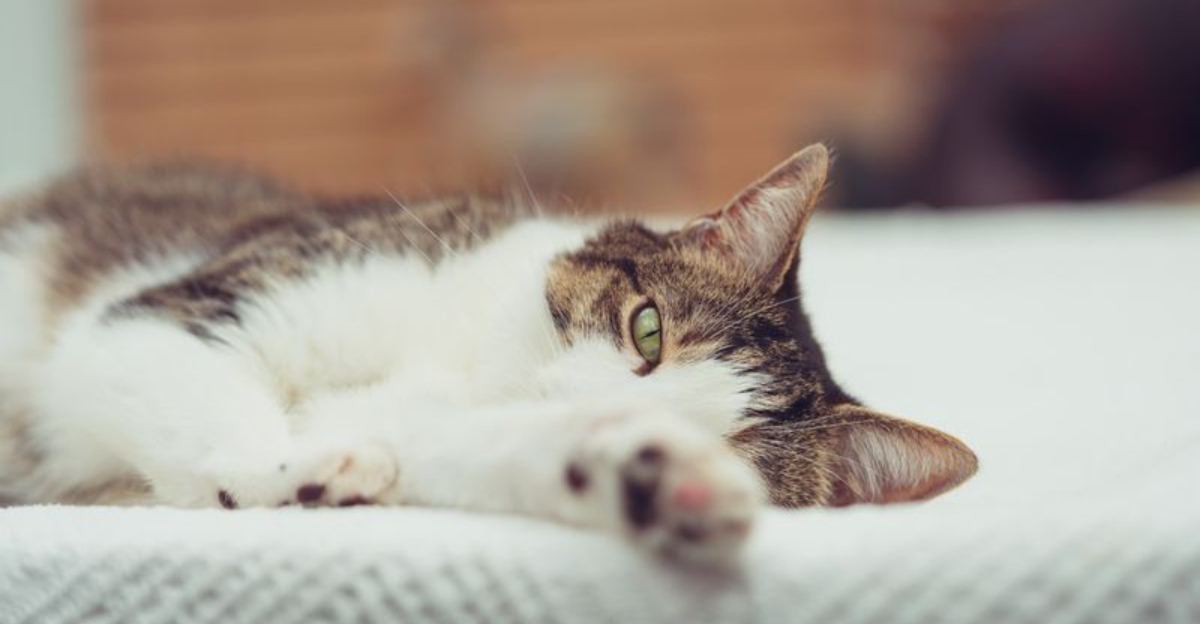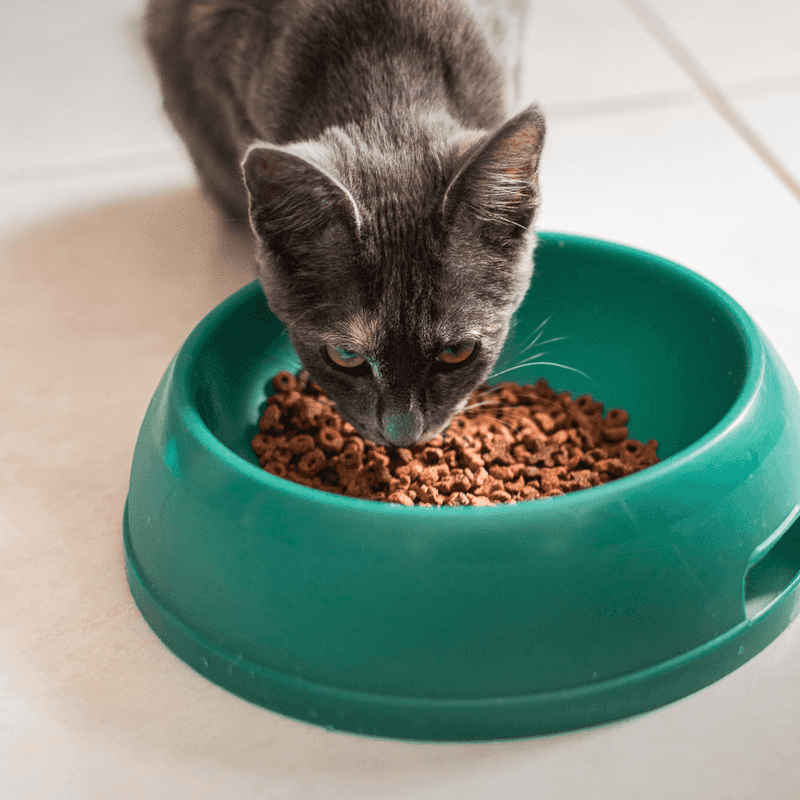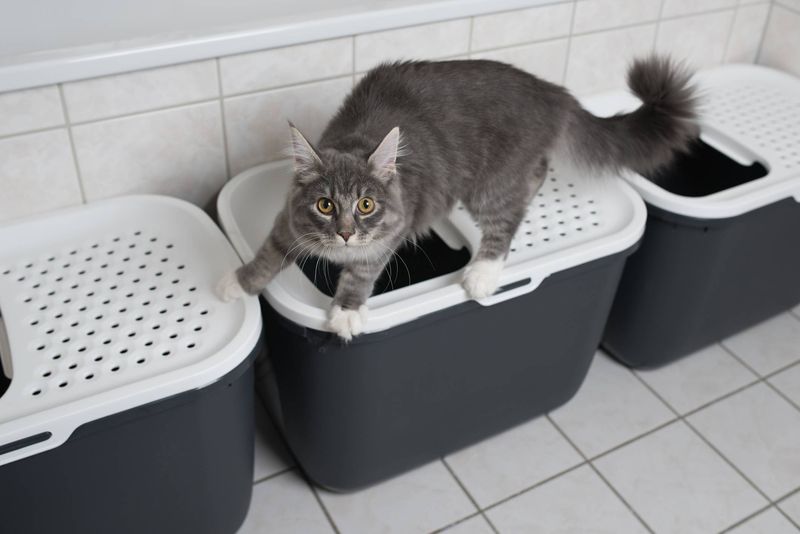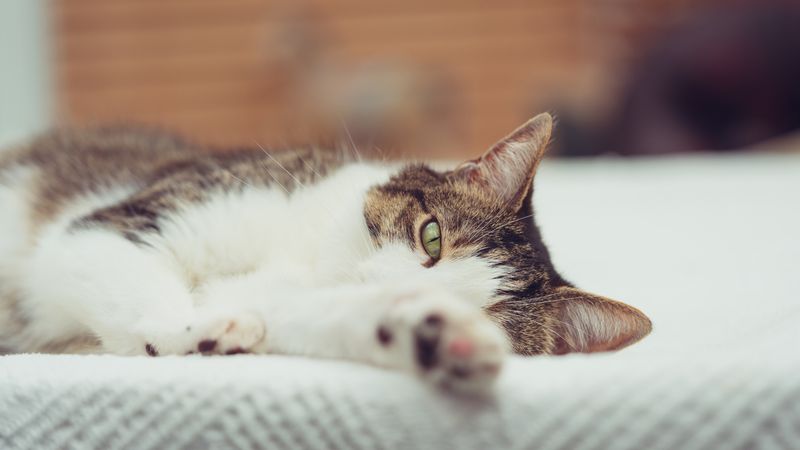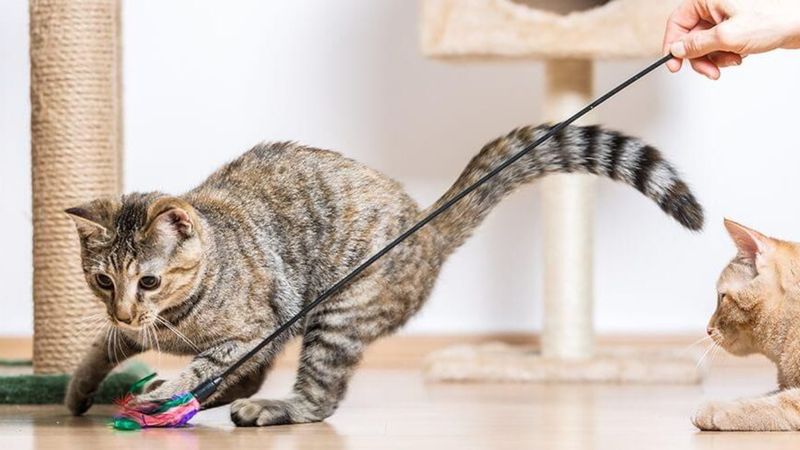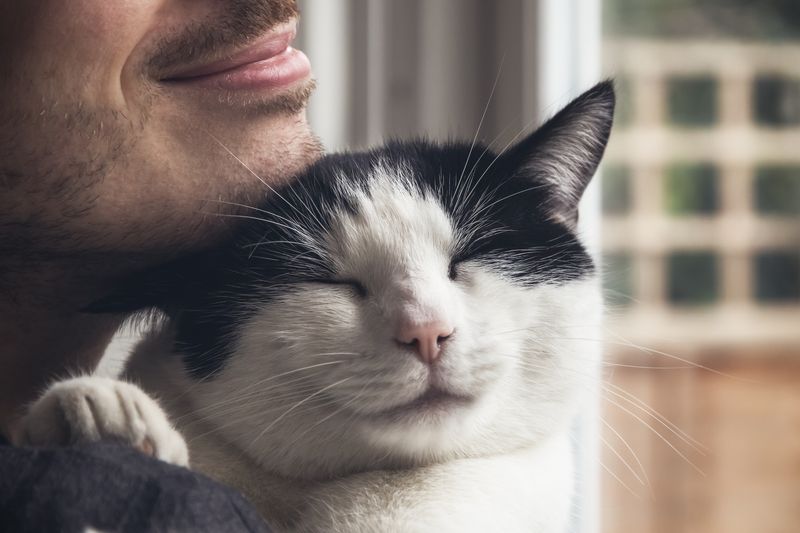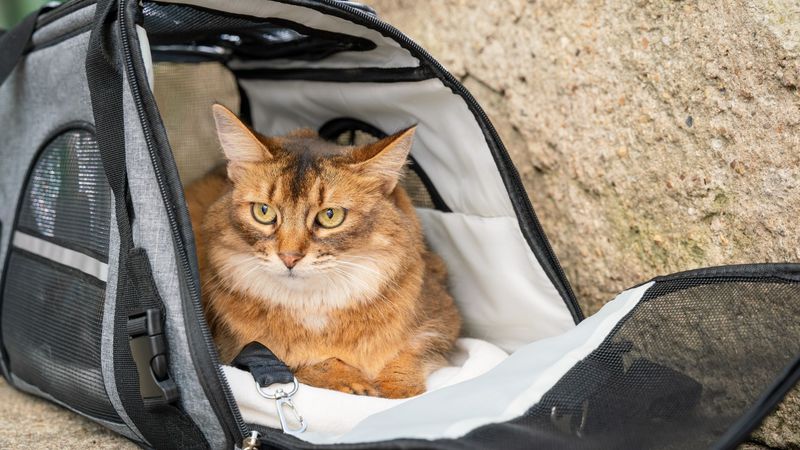📖 Table of Content:
- 1. Create Elevated Resting Spots
- 2. Establish Consistent Feeding Times
- 3. Provide Multiple Litter Boxes
- 4. Designate Quiet Retreat Spaces
- 5. Use Calming Pheromone Products
- 6. Maintain Regular Play Sessions
- 7. Create Predictable Routines
- 8. Offer Environmental Enrichment
- 9. Minimize Loud Noises
- 10. Provide Scratching Opportunities
- 11. Respect Personal Space
- 12. Keep Carrier Training Positive
- 13. Manage Multi-Pet Introductions Carefully
- 14. Consider Background Music
- 15. Schedule Regular Veterinary Care
Cats, despite their reputation for independence, are sensitive creatures that can easily become stressed. Changes in their surroundings, unfamiliar sounds, or lack of stimulation often contribute to their anxiety. Recognizing these triggers is essential for maintaining a calm and healthy environment.
Stress in cats can lead to a variety of health and behavioral issues, including digestive problems, aggression, or withdrawal. A stable and soothing atmosphere helps support their emotional and physical well-being. Addressing sources of discomfort can significantly improve their quality of life.
Routine, predictability, and a safe space are crucial for a cat’s sense of security. Small adjustments in daily care and the living environment can have a lasting positive impact. Thoughtful strategies can transform even a tense feline into a more relaxed and content companion.
1. Create Elevated Resting Spots
Cats naturally seek high places where they can survey their territory safely. Installing cat shelves, window perches, or tall cat trees throughout your home gives them security and confidence.
These elevated spots serve as perfect retreats when your cat feels threatened or simply wants to observe household activities from a distance. Multiple high resting areas are especially important in multi-cat households.
Your cat will appreciate having options that allow them to escape from other pets or children when they need alone time.
2. Establish Consistent Feeding Times
Regular meal schedules help reduce anxiety in cats who worry about when their next meal will arrive. Set specific times for breakfast and dinner rather than free-feeding throughout the day.
Consistency creates a sense of security and reduces food-related stress behaviors like begging or aggression. Cats are creatures of habit who thrive when they can predict important daily events.
If you must be away during feeding time, consider an automatic feeder that dispenses food at programmed intervals to maintain your cat’s routine.
3. Provide Multiple Litter Boxes
The golden rule for litter boxes is one per cat plus an extra one. Cats feel vulnerable while using the bathroom and need options to feel secure.
Place boxes in different quiet locations throughout your home, away from noisy appliances or high-traffic areas. Some cats prefer covered boxes for privacy, while others like open ones for better visibility.
Clean litter boxes daily to prevent stress-related litter box avoidance. Dirty boxes are a common reason cats develop elimination problems outside the box.
4. Designate Quiet Retreat Spaces
Every cat needs a sanctuary where they can escape overwhelming situations. Create cozy hideaways using cat caves, covered beds, or even cardboard boxes in quiet corners of your home.
These retreats should be in low-traffic areas where your cat won’t be disturbed by household activities. Make sure family members understand these spaces are off-limits when the cat is using them.
Adding familiar-smelling blankets or clothing items to these retreats makes them even more comforting during stressful times like thunderstorms or when guests visit.
5. Use Calming Pheromone Products
Synthetic feline pheromones mimic the natural chemicals cats release when they feel safe and content. These products come as diffusers, sprays, or collars and can significantly reduce anxiety in many cats.
Plug-in diffusers work well in areas where your cat spends most time or in spots associated with stress, like near the litter box or by windows where outdoor cats might be visible. The pheromones send signals of safety that only cats can detect.
Many veterinarians recommend these products to help cats adjust to new environments or cope with changes in routine.
6. Maintain Regular Play Sessions
Daily interactive play sessions help burn off excess energy that might otherwise turn into anxiety or destructive behaviors. Even just 10-15 minutes twice daily can make a huge difference in your cat’s mental well-being.
Wand toys that mimic prey movements are particularly effective at engaging your cat’s natural hunting instincts. Physical activity releases endorphins, which create feelings of happiness and contentment.
Rotating different toys keeps play sessions interesting and prevents boredom, which can be another source of stress for indoor cats.
7. Create Predictable Routines
Cats feel safest when their world is predictable. Try to maintain consistent times for feeding, playing, and even cuddling to give your cat a sense of security.
When changes must happen, introduce them gradually whenever possible. Sudden disruptions to routine can trigger stress responses like hiding, excessive grooming, or inappropriate elimination.
Even small consistencies matter – like always greeting your cat the same way when you come home or having a specific bedtime ritual that signals the end of the day.
8. Offer Environmental Enrichment
Mental stimulation prevents boredom and reduces stress-related behaviors. Puzzle feeders, rotating toys, and new scents keep your cat’s environment interesting without being overwhelming.
Window perches with bird feeders outside provide natural entertainment that satisfies predatory instincts safely. Some cats enjoy cat-specific videos or even simple cardboard boxes that are regularly replaced to maintain novelty.
Cat-safe plants like cat grass or catnip give sensory enrichment and provide natural stress relief for many felines.
9. Minimize Loud Noises
Cats have sensitive hearing that makes loud or sudden noises particularly stressful. Be mindful about household sounds like vacuum cleaners, blenders, or loud music that might be frightening.
When using noisy appliances, consider giving your cat access to a quiet room away from the sound. Some cats benefit from having soft background noise like classical music or nature sounds to mask startling noises.
During predictably noisy times like holidays with fireworks, create a sound-buffered safe room with familiar items and perhaps a pheromone diffuser.
10. Provide Scratching Opportunities
Scratching is a natural stress-relieving behavior for cats. Multiple scratching surfaces throughout your home give them appropriate outlets for this instinct.
Offer both horizontal and vertical scratching options with different textures like sisal, cardboard, and carpet. Observe your cat’s preferences and provide more of what they enjoy using.
Strategic placement matters too – cats often scratch after waking up or in socially significant areas. Placing posts near sleeping spots and in main living areas increases the likelihood they’ll use them instead of furniture.
11. Respect Personal Space
Many cats become stressed when forced into interactions they’re not comfortable with. Teach children and guests to let the cat approach them rather than pursuing or picking up an unwilling cat.
Look for body language cues that indicate your cat wants space – flattened ears, tail twitching, or turning away. Respecting these signals builds trust and reduces anxiety.
Creating a household rule that sleeping cats should never be disturbed ensures they get the uninterrupted rest they need for physical and emotional well-being.
12. Keep Carrier Training Positive
Carrier training prevents the extreme stress many cats experience during vet visits or travel. Leave the carrier out as normal furniture with comfortable bedding inside, rather than only appearing before stressful events.
Feed treats or meals near or inside the carrier to create positive associations. Some cats enjoy having the carrier as a safe sleeping spot once they’re comfortable with it.
Practice short sessions of closing the door and carrying the cat briefly around the house, always followed by rewards, to build tolerance for actual travel situations.
13. Manage Multi-Pet Introductions Carefully
Rushed introductions between cats and other pets create lasting stress and conflict. Always introduce new animals gradually over weeks, not days, using scent exchanges before visual contact.
Provide separate resources (food, water, litter boxes, beds) for each animal during and after the introduction period. This prevents resource guarding and gives each pet safe spaces.
Supervised positive interactions with rewards help build good associations. Never force animals to be together before they show clear signs of comfort and relaxation around each other.
14. Consider Background Music
Specially designed music for cats has been shown to reduce stress markers in many felines. These compositions feature frequencies and tempos that cats find naturally calming.
Classical music, particularly pieces with steady rhythms and higher tones, can also have a soothing effect. Playing this gentle background sound can mask household noises and create a more peaceful environment.
Some cats respond well to nature sounds like gentle rainfall or soft bird chirping. Experiment to see what your particular cat seems to enjoy most.
15. Schedule Regular Veterinary Care
Undiagnosed medical issues often cause behavioral changes that look like stress. Regular check-ups catch problems early before they become major sources of discomfort and anxiety.
Work with a cat-friendly veterinarian who understands feline behavior and uses gentle handling techniques. Some clinics offer feline-only waiting areas or appointment times to reduce the stress of dogs nearby.
Consider at-home vet visits if your cat becomes extremely stressed by clinic environments. The additional cost is often worth avoiding the trauma of a stressful veterinary experience.
